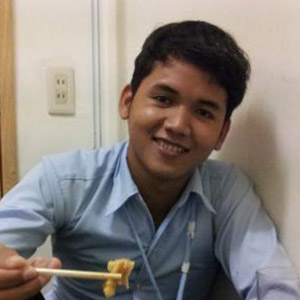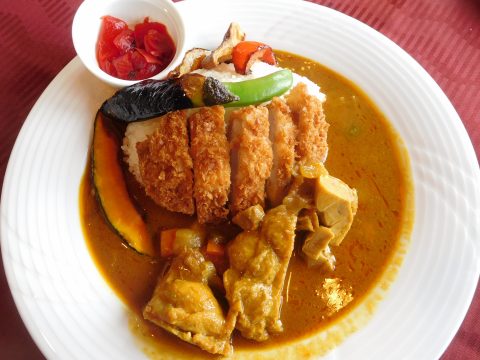On Food in Cambodia and Japanese Food
JAPANESE FOODS
26.09.2017
As you are watching me in the photo, that is in small restaurant nearby asakusa shrine precinct in Tokyo city. According to chopsticks, I have held the piece of food with smile face. I will show
you on two topics. First is Cambodian food and second is Japanese food.
1. Cambodian food is a type of meal that is different from another country. It has two main dishes. They are rice dish (stream rice) and soup dish (we can call Samlor). Dish of stream rice contain
white rice which be streamed or cooked in a cooker through burning firewood, gas, and electricity. Otherwise, dish of soup (Samlor). You can see some foods and soup in which is most popular in Cambodia.
-Fish Amok (steamed coconut fish in banana leaves). In the Khmer diet, rice and freshwater fish play big roles because of the abundance of both. Amok is national dish, made from fish, coconut milk and curry paste. All the ingredients are mixed together and put in banana leaf cups with coconut cream on top, then steamed. Another common form is amok chouk – snails with curry steamed in their shells. Best served thing with a plate of hot rice. We can do it every time you need to eat.
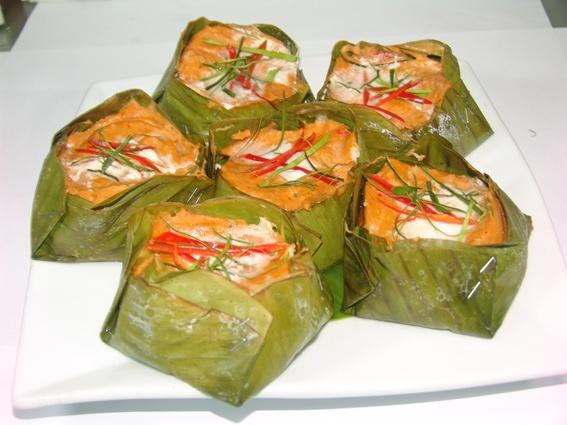
-Samlor Machu Trey (sweet and sour soup with fish). This dish is popular in many households in Cambodia as it’s not only easy to make but it also has a lovely taste. Its ingredients include fish, garlic, lemongrass, celery, tamarind juice, bean sprouts, pineapple and seasoning with sugar, fish sauce, and salt. Many people also add some fresh green herbs and hot chili pepper on top before serving.
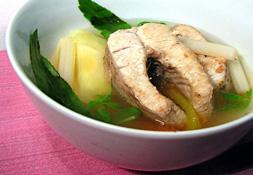
-Char kroeung Sach Ko (Stir-fried lemongrass beef) This popular Cambodian stir-fry is another common
dish found throughout the country. After put beef in the heat oil with garlic, stir fry until the beef become tender. Then add vegetables such as red peppers and onion as well as the kroeung mixture. Kroeung is lemongrass paste which is considered very healthy, made from a variety of Asian herbs such as lemongrass (known to have a benefit in lowering acne and pimples), kaffir lime leaves and galangal.
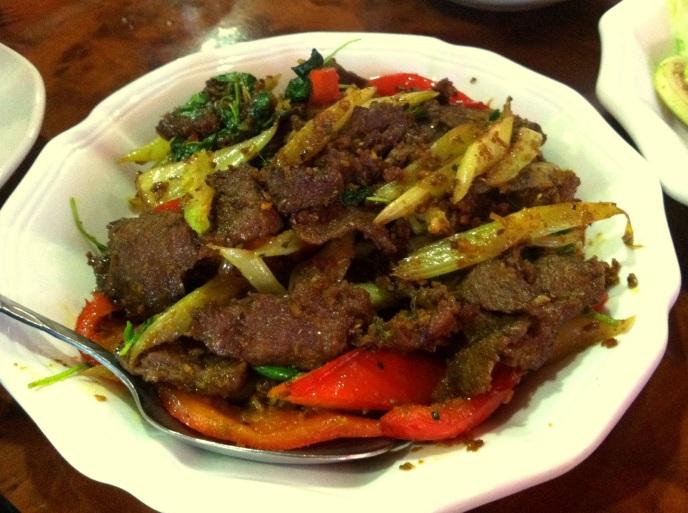
-Twa Ko (Cambodian sausage) Twa ko is a Cambodian sausage made from beef or pork and various
spices. Just like any good homemade sausage, the authentic Khmer sausage contains at least 20-25% fat. Some prefer to use pork belly as the main ingredient; it definitely serves the purpose well. Twa ko can be enjoyed on its own in barbecued, grilled or pan-fried style or served with steamed rice and fresh vegetables.
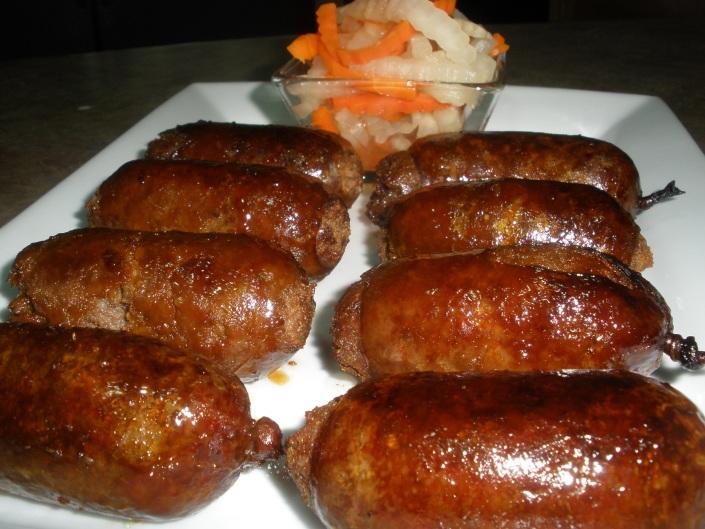
-Lok lak (Stir-fried beef in brown sauce) Lok Lak is a traditional Khmer dish, which is basically stirfried
beef slices (or pork) in a light brown sauce, served with rice and/or green salad and pepper sauce. Most
restaurants across the county offer this dish but tastes are varied depending on the chefs and regions. The beef or pork slices must first be marinated before cooking so that they are tastier and juicier.
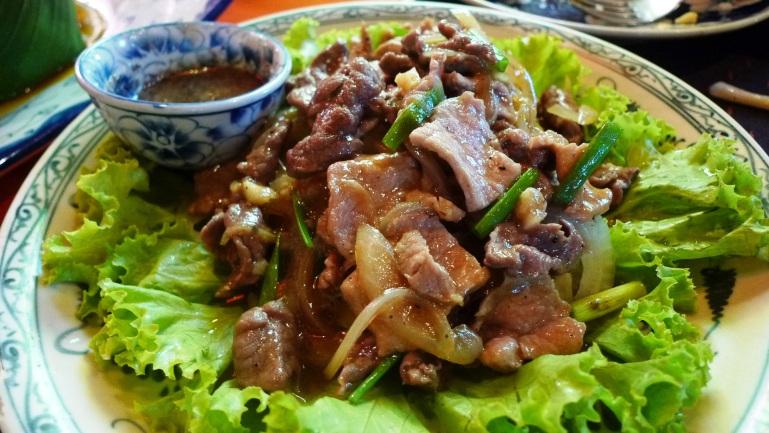
-Samlor korko (mixed vegetable soup) is one of the most popular traditional Khmer food dishes. It
means stirring soup, but it is special vegetable soup with many greenness and leaves. Local legend has it that Samlor korko has been the king’s food for a longtime and there used to be nearly hundreds of vegetables and fruits were used for cooking the King’s special soup. However, Samlor karko has
been changed from the original recipe to be served in public. Typically, to make Samlor karko, you can choose any meat for cooking like fish, pork, chicken or dove. For fish the great taste is Chlang Fish & Andeang fish. Samlor karko has a great flavor if it is served hot. Cooking Samlor karko takes time because it takes a while to prepare all the vegetables as well as the Kroeung. Khmer people cook it very often though because it has a wonderful flavor. Traditionally, people can create different recipes cooking this dish with adding of different vegetables or fruits such as the young palm fruit Kandieng Leaf or Kampinring Leaf which are great.
For other food that can eat without rice is below,
-Nom banh chok (Khmer noodles) Many locals start their day with nom banh chok, a popular dish
known as Khmer noodles in English. It consists of rice noodles topped with green fish gravy and lots of fresh vegetables including cucumbers, green beans, mint leaves, banana blossom and bean sprouts. It’s very similar to the Thai dish ‘kanom jeen’.
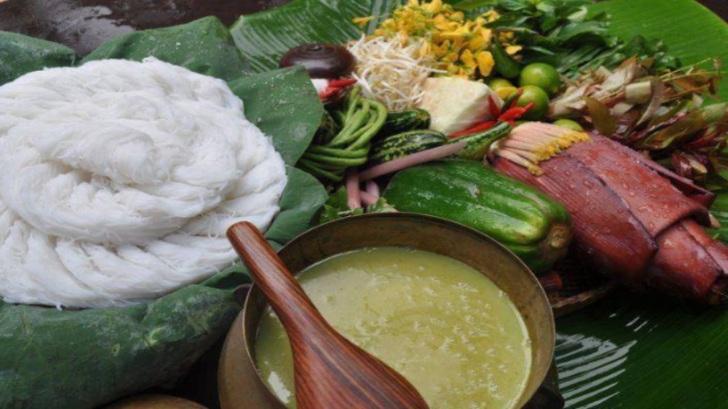
-Bai Sach Chrouk (Grilled pork and broken rice). The simple and yummy bai sach chrouk is pork marinated in coconut milk or garlic before slowly grilling, and then served with broken or fractured rice and a small bowl of clear chicken broth as well as some fresh vegetables. As part of the street food culture, it is available everywhere especially in busy neighborhoods. It’s so popular that many middle and upper restaurants also include it on their menus. Try it with iced coffee. It’s so delicious!!
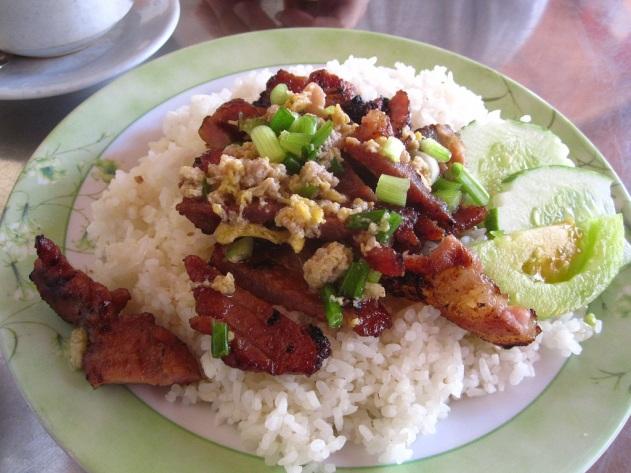
-Kuy teav (Noodle soup) Kuy teav is a noodle soup made from pork or beef stock and rice vermicelli
and toppings including bean sprouts and green onions. A variety of meat choices can be added, such as pork, chicken, fish balls and beef as well as seafood. In some places, it’s served alongside sweet, spicy, garlic sauce and a small slice of fresh lime. This is when the real flavors start. Head to the open-air food stalls at any market; you will find kuy teav shops within no time.
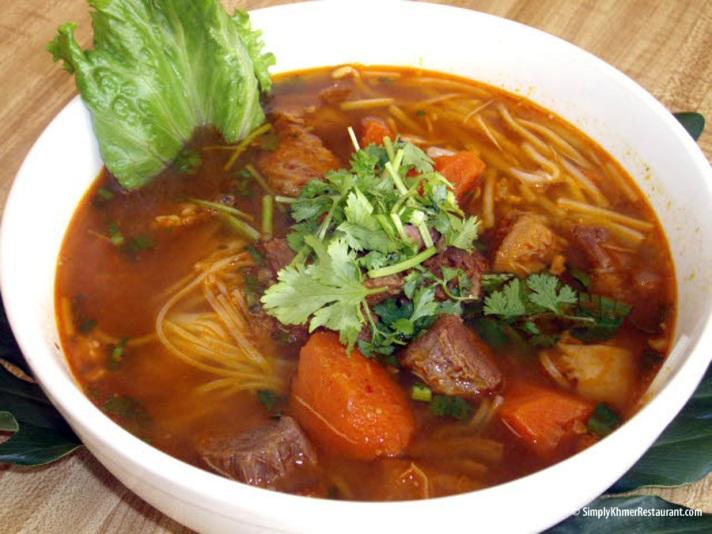
In description above is top food which is popular in Cambodia. We have many different foods such as
fried spider, fried eel, Snake skewer, water-bug, fried cricket, fried grasshopper, and else.
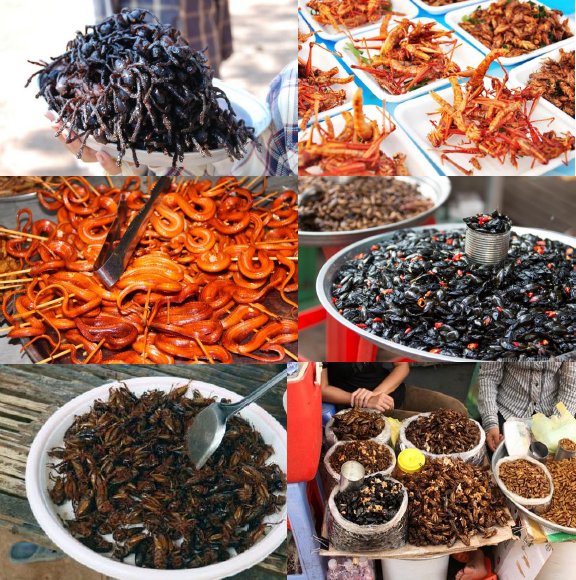
2. Japanese Food is rationed into eating demand. Japanese cuisine encompasses the regional and
traditional foods of Japan, which have developed through centuries of social and economic changes. The traditional cuisine of Japan (washoku) is based on rice with miso soup and other dishes; there
is an emphasis on seasonal ingredients. Side dishes often consist of fish, pickled vegetables, and vegetables cooked in broth. Seafood is common, often grilled, but also served raw as sashimi or in sushi. Seafood and vegetables are also deep-fried in a light batter, as tempura. Apart from rice, staples include noodles, such as soba and udon. Japan also has many simmered dishes such as fish products in broth called oden, or beef in sukiyaki and nikujaga. Those make eater feel full before food have finished.
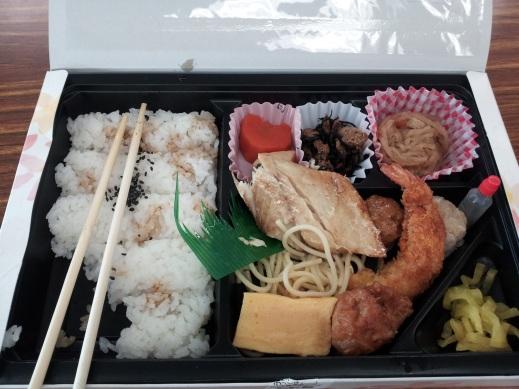
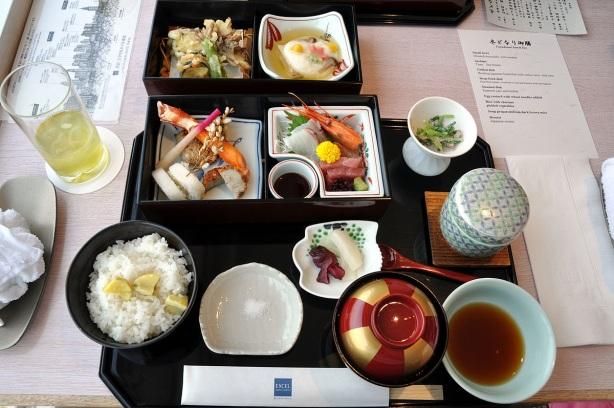
In among those, I have tasted on okonomiyaki in a restaurant nearby the asakusa shrine precinct as well. Okonomiyaki is a Japanese savory pancake containing a variety of ingredients. It’s made with flour, eggs, tempura scraps (tenkasu), cabbage, pork belly slices and topped with a variety of condiments like okonomiyaki sauce, Japanese mayonnaise, dried seaweed, and dried bonito flakes. Furthermore, it ontains fried noodle one plate beside of pan. At lunch time in restaurant, Okonomiyaki made me full so I was not able to finish those slices.
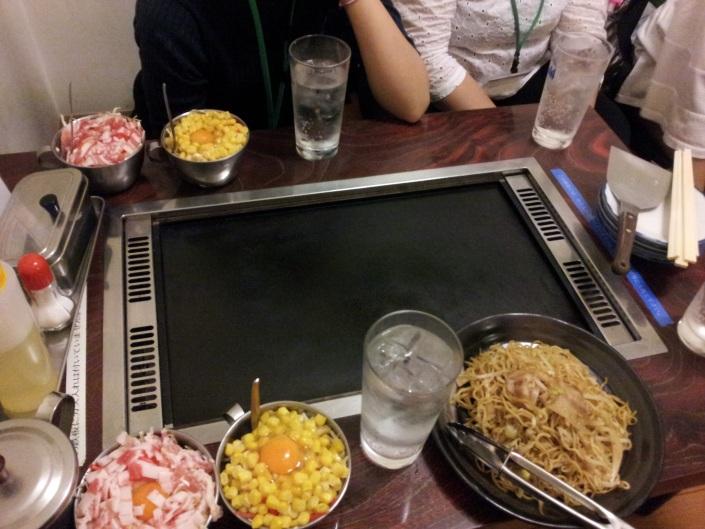
All those are tasted by me. Those are delicious. But I still remember taste of those foods. I think that Japanese food is a type of food was rationed by Japanese people from year by year. Those are seasonal food which be done through giving the inhabitants on proper and full food to eat. Japanese ancestors may be thought possibility of food demand since in past. May they think their country will be shortage agricultural land to grow crop through population growth from year by year, so they need to ration on daily demand and May they want to keep those food to be a heritage for the Japanese people.
Finally, I would like to tell the special reason on each demand of food and interesting on both Cambodian and Japanese food that are delicious rely on the hungering of a person. Trying new food in one time at some times is not verifiable how they are. But when we try it all times or often eat those foods, we will be delicious as other people too. If I can go there ago I will try it again because those tastes are glued to on my tongue deeply. Furthermore, I would like to say thank you for organizing on this tour. It is very useful for my country. This tour was opened my eye to see what my country does not have. I will share this visiting tour to my junior to care on what we are not having like Japanese. Thank you very much for your reading on this article.

